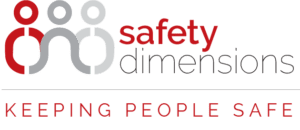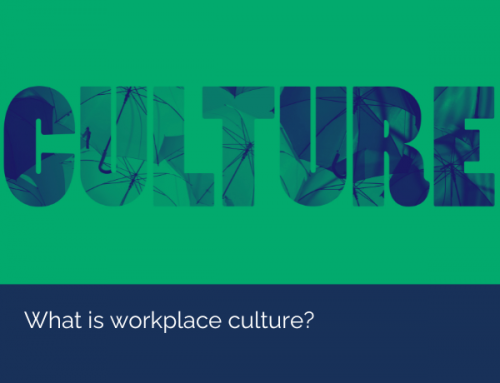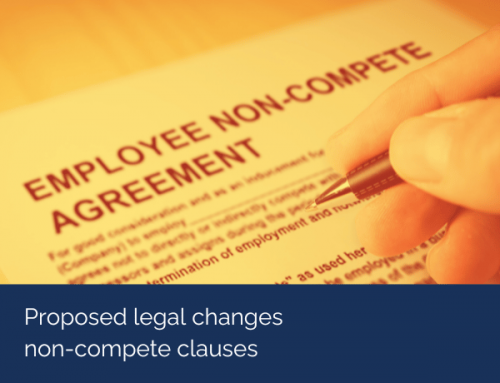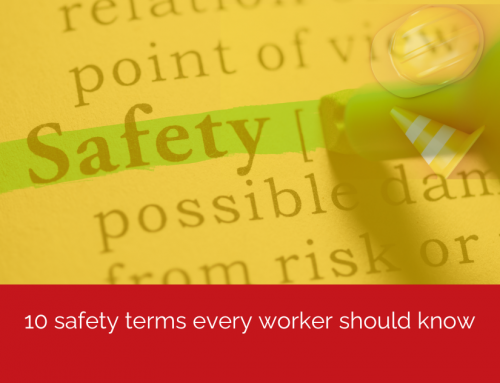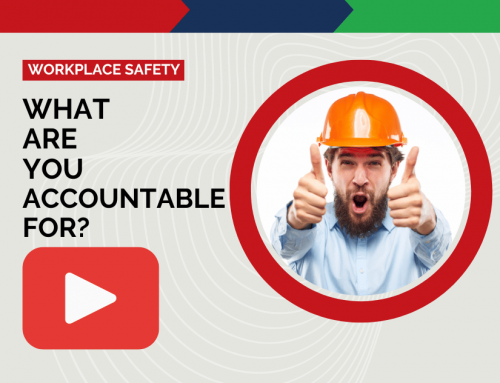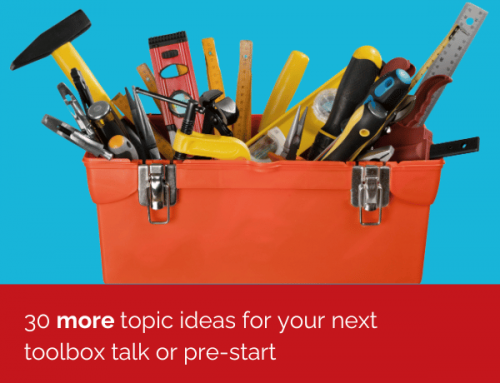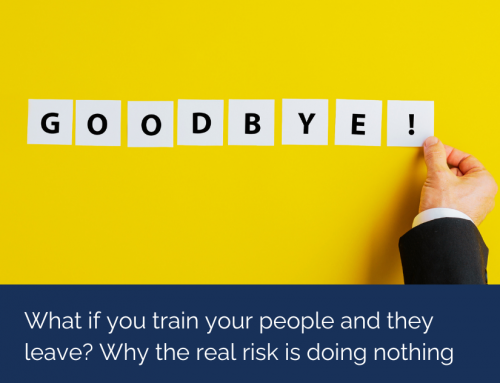
Toolbox or pre-starts talks are safety sessions that help focus a workforce on safety and are an essential part of maintaining a safe work environment. When done right, these meetings promote greater awareness of safety, trust, commitment and positive working relationships.
How can you make these effective?
Prestart meetings and toolbox talks are interactive safety sessions that take place prior to the beginning of a work shift and are an opportunity for an organisation to ensure that its workforce is fit for duty, they convey important information, review safety procedures, identify and assess hazards, and discuss emergency procedures.
However, these meetings can also become a deadly-dull talkfest if not handled properly, ultimately representing a waste of everyone’s time.
What is the difference between a toolbox talk and a prestart meeting?
The main difference between the two is the scope and focus of the discussion. A prestart meeting is a more comprehensive and formal meeting that is held before the start of a project or work shift, and is led by a supervisor or manager, while a toolbox talk is a shorter and more informal meeting that is typically held before work begins on a specific task or activity, and is led by a foreman or team leader. The prestart meeting covers all the aspects of the project and the toolbox talk is more task-specific and focuses on the safety aspect.
Why are toolbox talks / prestart meetings important?
The Work Health and Safety Act 2011 (the Act) requires a Person Conducting Business or Undertaking (PCBU), to consult, cooperate and coordinate with all workers in relation to work health and safety. Consultation requires a PCBU to share information regarding safety with their workers and contractors, give them a reasonable opportunity to contribute information and express their views, and consider the views expressed by workers before making any decision. They must also advise workers of the outcome of the consultation.
While formal processes for consultation take place through WorkSafe Committees, HSR, work groups, project briefings, team briefings and inductions, toolbox or pre-start meetings are great examples of less formalised avenues for consultation.
If it’s your job to run the toolbox or pre-start meetings, it is important to ensure that your meetings are a great investment of time and are an effective way to convey your safety messaging to the rest of the team.
Our key tips to help you achieve this:
Plan ahead
Toolbox or prestart meetings should be brief and held regularly and usually last up to 15 minutes in duration.
Many workplaces hold pre-starts daily and toolboxes weekly, although if you have a high, constant rotation of contractors coming in and out of your workplace, you might consider holding more frequent meetings.
Plan your meeting ahead of time by drawing up an agenda, and familiarising yourself with the content you want to present.
In the agenda include your goals for the meeting, the list of topics you’ll cover, when and where it will be held, and make sure you allow time for contractors and workers to provide feedback on any workplace health and safety issues they have.
While some organisations have templates, there is nothing wrong with mixing up the order to keep things fresh.
Engagement is key
If it’s your job to run the meeting, it is on you to give your audience a reason to pay attention to your message. The good news is that ensuring audience engagement is a technique that you can master by providing interesting and relevant content and managing the meeting effectively.
Engagement is the combined result of your content (how interesting and relevant it is) and how the meeting is managed. Managing a meeting well involves planning your content ahead of time, careful selection of fresh content, as well as your delivery style.
Be clear about your goals
Be clear about what you’re trying to achieve and share the goals of the meeting upfront with the people attending your toolbox/pre-start meeting. Often, people use these meetings to encourage behavioural change. If this applies to you, what questions might you ask your colleagues and team members? What other important points can be raised? What techniques will you use to keep the engagement levels up?
Make sure you reinforce your key messages. You can check how well your messaging is understood by asking your participants to repeat back information or give you examples of what your meeting covered, for example, hazards and how to avoid them. Towards the end of your meeting, do a wrap-up to reinforce important safety points.
Ensure you review changes in safety procedures – it’s your obligation
Use the pre-start or toolbox talk to review and communicate any updates or changes to safety procedures including:
- Identification and assessment of hazards: Any potential hazards should be identified and assessed, and appropriate measures should be taken to mitigate them.
- Emergency procedures: Emergency procedures should be reviewed and any updates or changes should be communicated.
- Review of any incidents or near-misses that have occurred on previous projects should be reviewed and any lessons learned should be incorporated into the current project.
- Safety procedures should be reviewed and any updates or changes should be communicated.
Mix up your content
The point of a toolbox/pre-start meeting is to share timely and important information about the workplace, safety, and other topics that might affect your audience.
The content might include specific job safety instructions, changes in job procedures and work practices, changes in rules, processes, and regulations, equipment, client expectations, and other relevant information.
Give examples of experiences you and others might have had that help focus the topics so they are directly relevant to the work everyone does and demonstrate your points by incorporating interactivity. For example, ask “Who else has experienced something similar?”, or “What effect would that have on us?”
While statistics are good, stories are even better. Avoid repetition. Repeating yourself will make your audience tune out, so keep your content fresh and interesting.
Your presentation style makes a difference
A presentation style that is informal, positive and conversational helps ensure the effectiveness of your toolbox meeting. Make and keep eye contact with your audience – and never just read your notes out to people. Nothing is more boring than being read to for any length of time.
Nobody wants to be “talked at” either, so encourage participation from others to keep the meeting interactive and engage people.
Asking open-ended questions is a great way to get others talking (what and how are great question starters). Another tip is to ask questions early while everyone is still fresh.
By letting others contribute, while you nod or smile in acknowledgement, you’ll encourage further discussion that leads to positive change.
If it’s relevant, you can always ask for more information from participants to keep the discussion moving forward and, because you’ve carefully planned your meeting, you will have strategies up your sleeve to take back control if the meeting wanders off-course.
If you’re faced with someone who keeps interrupting, be direct and firm that the meeting has to move forward, and let them know you are open to discussing the issue with them after the meeting has ended.
Keep your language simple, short and clear, and define terms, words or processes that your audience may be unfamiliar with. Finally, practice ahead of time so that you are feeling extra confident about your delivery.
Need some tips? Check out our article Six Steps to an Effective Safety Talk here.
Consider rotating the meeting hosts/presenters
In many organisations, everyone is considered a safety leader. You can demonstrate this principle by rotating the role of toolbox or pre-start meeting leader amongst different team members.
This not only reinforces safety leadership at an individual level, but people develop an appreciation for the effort that goes into planning and managing a toolbox meeting, and everyone is encouraged to learn valuable leadership and presenting skills.
It also provides an incentive to everyone to pay attention in toolbox meetings, so that they are prepared when it’s their turn.
By mixing up who delivers the toolbox or pre-start meetings, you take advantage of individual approaches, perspectives and presentation styles, and allow for innovation by different team members – this keeps it interesting!
